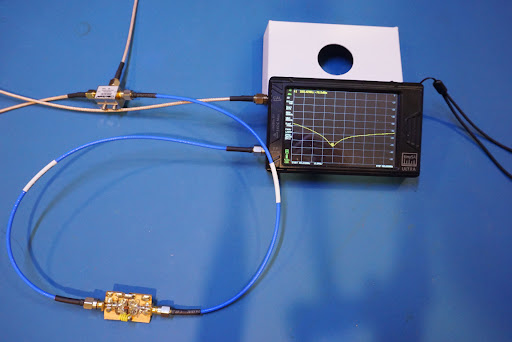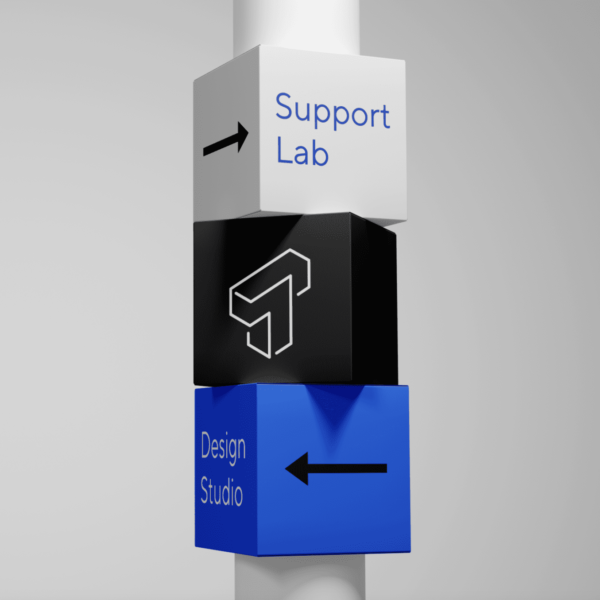
Nuts and bolts are essential components in fastening things together. You may have used them countless times without really understanding how they work and how they differ from each other. In this section, we will take an in-depth look at nuts vs bolts and their functions in fastening solutions.
Let’s start with bolts. Bolts are threaded fasteners that are used to join two or more components together. They come in various sizes, shapes, and materials to suit different applications. The main function of a bolt is to provide a secure connection between two objects by applying tension through the threading and the head of the bolt. The threaded portion of the bolt is inserted into a pre-drilled hole in one of the objects, and the head of the bolt is tightened using a wrench or a socket to secure the connection.
On the other hand, nuts are used in conjunction with bolts to provide the necessary tension required for fastening. Nuts are threaded fasteners with a hole in the center that allows them to be screwed onto the threaded portion of a bolt. Nuts come in various shapes and sizes to fit bolts of different diameters and pitches. The main function of a nut is to clamp the two objects together by applying pressure on the bolt, creating a strong and secure connection.
When using nuts and bolts together, the bolt is inserted through the pre-drilled hole in one object, and the nut is screwed onto the threaded portion of the bolt from the other side. The nut is then tightened using a wrench or a socket, which creates tension on the bolt, pressing the two objects together securely. This simple yet effective mechanism is what makes nuts and bolts a popular choice for fastening solutions in various industries.
One of the key advantages of using nut vs bolt for fastening is their ease of installation and removal. Unlike other fastening methods that require special tools or adhesives, nuts and bolts can be easily installed and removed using basic hand tools. This makes them a versatile and convenient option for a wide range of applications, from construction and automotive industries to DIY projects at home.
Another advantage of using nuts and bolts is their strength and reliability. When properly tightened, nuts and bolts create a strong and secure connection that can withstand high levels of tension and vibration. This makes them an ideal choice for applications where structural integrity is crucial, such as building structures, machinery, and automotive components.
In conclusion, nuts and bolts are essential components in fastening solutions that play a crucial role in joining two or more objects together securely. Bolts provide the tension and structural support needed for fastening, while nuts ensure a tight and reliable connection. Their simple yet effective mechanism, ease of installation, and strength make nuts and bolts a popular choice for fastening solutions in various industries. Whether you are building a structure, repairing machinery, or working on a DIY project, nuts and bolts are versatile and reliable fastening solutions that you can always count on.
Nuts and Bolts: The Backbone of Mechanical Fastening
When it comes to putting together structures, whether it’s a piece of furniture or a large building, nuts and bolts play a crucial role in ensuring everything stays in place. These small but mighty components are the backbone of mechanical fastening, holding everything together and providing stability and strength.
Nuts are typically hexagonal or square-shaped metal pieces with a threaded hole in the center. Bolts, on the other hand, are cylindrical rods with threads on one end and a head on the other. When combined, nuts and bolts create a secure connection by threading the bolt through the hole in the material and tightening the nut onto the bolt.
One of the key advantages of using nuts and bolts for fastening is their versatility. They can be used in a wide range of applications, from securing a shelf to a wall to joining together two pieces of heavy machinery. Nuts and bolts come in various sizes, shapes, and materials, allowing for customization based on the specific needs of the project.
In addition to their versatility, nuts and bolts are known for their reliability. When properly installed and tightened, they create a strong and durable connection that can withstand significant weight and stress. This makes them ideal for structural applications where stability and security are paramount.
Another advantage of nuts and bolts is their ease of installation. Unlike some other fastening methods that require specialized tools or equipment, nuts and bolts can be easily installed using basic tools like wrenches or socket drivers. This simplicity makes them accessible for DIY projects and allows for quick and efficient assembly.
Furthermore, nuts and bolts are designed to allow for disassembly and reassembly as needed. This makes them ideal for situations where components may need to be replaced or adjusted over time. By simply loosening the nut, the bolt can be removed, and the components can be replaced or repositioned without damaging the surrounding material.
While nuts and bolts are essential for creating strong and secure connections, it’s important to choose the right type and size for the specific application. Using the wrong size or material can compromise the integrity of the connection and potentially lead to failure. It’s crucial to consider factors like the load-bearing capacity, environmental conditions, and material compatibility when selecting nuts and bolts for a project.
In conclusion, nuts and bolts are the unsung heroes of mechanical fastening, providing strength, stability, and versatility in a wide range of applications. Their ability to create secure connections quickly and easily makes them a go-to choice for builders, craftsmen, and DIY enthusiasts alike. By understanding the role of nuts and bolts in structural integrity, we can ensure that our projects are built to last.











